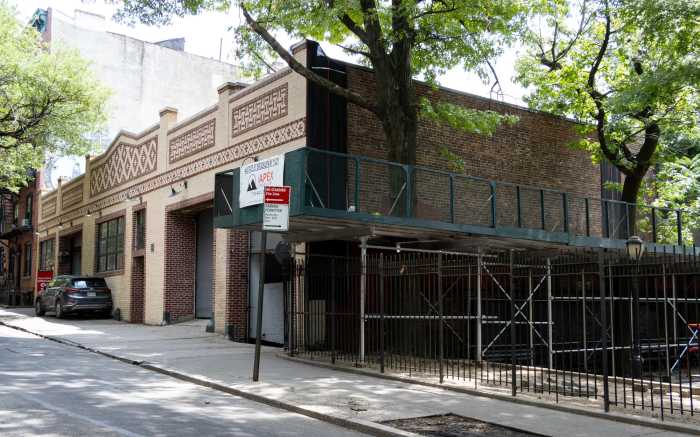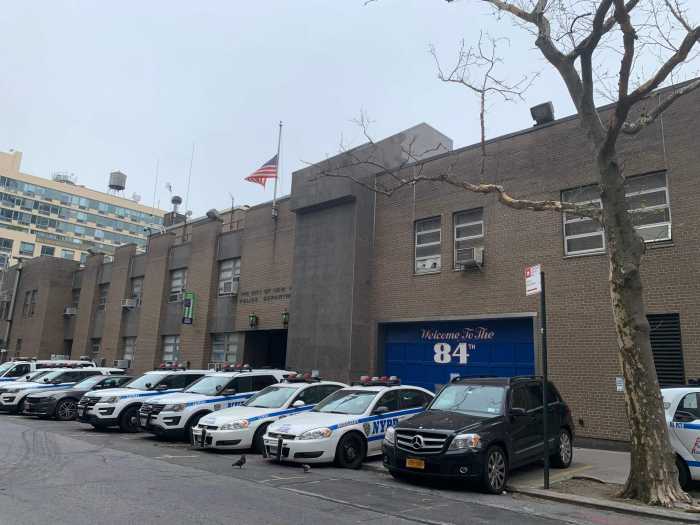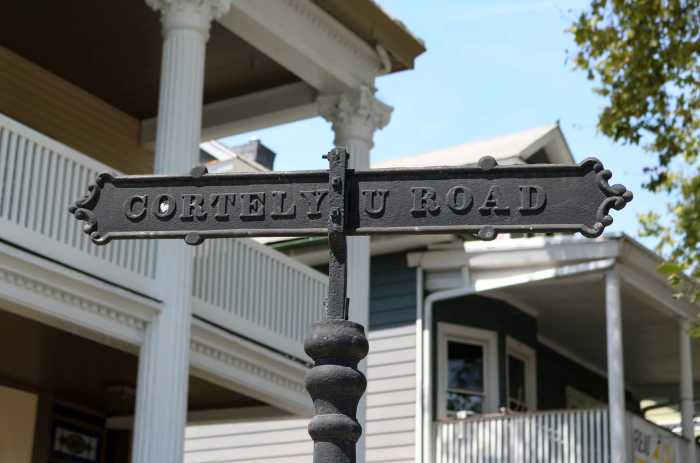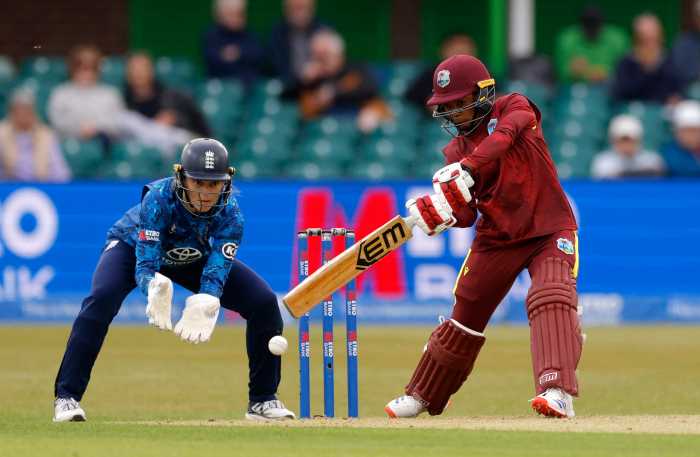• Work with what we’ve got: Improve the existing highway from Atlantic Avenue to Sands Street, a lower impact remedy that would spare the taking of property, but would not fully meet state design criteria along the entirety of the 1.5-mile stretch. Adding new traffic lanes, and an expansion on its current right-of-way are options in this scenario. Advantage: Cheaper. Disadvantage: Drivers don’t get 12-foot-wide lanes and safer curves and the roadway is more crowded
• Dig deep: A six-lane, roughly 1.6-mile tunnel would go underground at Congress Street, head north until curving westward near Remsen Street and re-emerge to connect to the existing elevated highway in Fort Greene. The state would not provide a cost estimate for this alternative. Building a tunnel can be an incredible expense In Seattle, a viaduct bridge is being replaced by a tunnel for a cool $2.8 billion. Advantage: Environmentally friendly, efficient. Disadvantage: Cost, construction nightmare.
• The eminent domain plan: To accommodate a wider, more modern highway, state planners would seize and tear down buildings in the northern part of Brooklyn Heights, plus a few in the Columbia Street Waterfront District, an irony given that Robert Moses’s original highway chewed up plenty of homes in the same area. Advantage: In the end, we’d get a fully modern highway. Disadvantage: People lose their homes, lawsuits drag on for centuries, and the state pays out tens, if not hundreds, of millions to acquire some of the priciest real estate in the borough.
— Gary Buiso
























